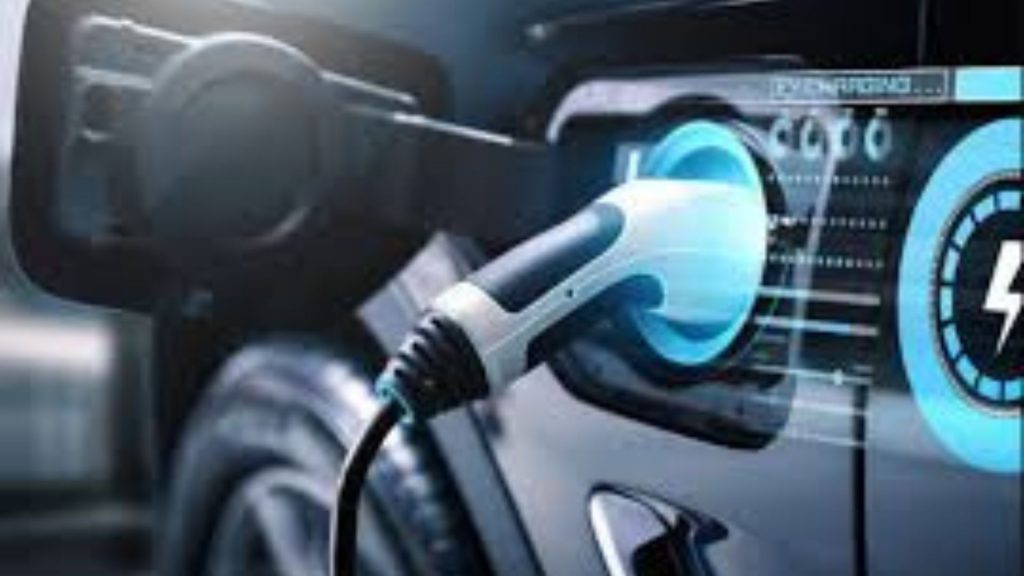The most recent advancements in electric car battery technology hold the potential to completely transform performance, sustainability, and global energy dynamics, marking a revolutionary change for the automotive sector.
Rapid advances in battery technology are propelling the electric vehicle sector towards a transformational age. As 2025 draws near, advances in battery technology hold the potential to completely transform the electric vehicle market. Every development, including lithium-sulphur breakthroughs, sodium-ion substitutes, and solid-state batteries, has its own advantages and disadvantages. This article explores these technologies’ present and future potential, looking at how they can change energy sovereignty, the environment, and transportation in the future.
The Search for Sovereignty in Energy
Strategic raw minerals like lithium, cobalt, and nickel are in greater demand as electric vehicles proliferate. Securing these resources has become a top priority because of geopolitical instability and growing demand. As a result, businesses are looking into novel ways to lessen their need for these minerals. In order to achieve energy sovereignty by 2025, battery technologies must be diversified. Significant progress has been made in a number of breakthroughs, opening the door to a more robust and independent energy future, according to the most recent report released by the International Energy Agency.
A stable supply chain in the face of possible interruptions depends on efforts to attain energy sovereignty. To lessen their reliance on certain materials, industries are investing in alternative resources and technology. In addition to improving security, this strategy change encourages innovation as businesses test the limits of battery technology.
Are Sodium-Ion Batteries a Good Substitute?
Once limited to lab settings, sodium-ion batteries are now becoming more widely recognised as a viable substitute for lithium-based systems. Because sodium-ion technology uses a more affordable and plentiful material than lithium, it presents a strong case for lowering production costs. Second-generation sodium-ion batteries with higher energy densities and quicker charging times were introduced by CATL and HiNa by 2025. Despite these developments, sodium-ion batteries still perform worse than lithium-iron-phosphate (LFP) batteries, and their ability to compete depends on changes in the price of lithium.
However, sodium-ion batteries have benefits in cold temperatures, which makes them appealing in some areas. By providing a range of solutions to satisfy different consumer demands and environmental conditions, the technology promises to play a significant part in stabilising the electric vehicle industry as it develops.
Solid-State Batteries: Still Under Development
Since solid-state batteries, sometimes referred to as semiconductor batteries, can double energy density and improve safety by doing away with liquid electrolytes, they are eagerly awaited. Leading the way in this groundbreaking technology are businesses like Nio, Samsung SDI, and Toyota. A number of large-scale prototypes surfaced in 2024, and industrial partnerships were established, especially in China. Commercial deployment is still difficult, though, as maturity levels are still at the pilot stage. Anticipated in 2027–2028, the first solid-state batteries might initially be “semi-solid” models that still need liquid or gel electrolytes.
Solid-state batteries continue to hold out hope for the development of electric vehicles in spite of the obstacles. Research and investment are still being driven by their promise of improved performance and safety, which, when fully realised, might drastically change the industry landscape.
Sulphur-Lithium: A Potential Mass Density
Lithium-sulphur is another interesting battery technology path since it uses fewer essential metals and has a high mass energy density. With ambitions to build production facilities and collaborations to offer “cheaper” and “lighter” batteries, companies like Lyten and Stellantis are making progress in this field. Their broad use is, however, constrained by issues like low volumetric density, poor durability, and safety worries.
Iron-air and redox flow batteries are two examples of novel chemistries that are moving away from automotive applications to focus on large-scale stationary storage. Companies like CATL and Tesla are investigating these technologies because they provide affordable long-term electricity storage options, which are essential for maintaining grid balance in renewable energy-integrated systems. These solutions will be crucial to sustaining a sustainable energy ecology as they develop.
The Lithium-Ion Dominance
Lithium-ion batteries continue to develop and rule the market despite the excitement around new technology. Existing cells have been optimised by recent developments, improving ultra-high density, quick charging, durability, and creative shapes. These advancements solidify lithium-ion’s position as the industry standard for electric cars by 2025. To challenge this supremacy, new technologies must exhibit distinct competitive advantages.
As the sector develops, improving cost-effectiveness, sustainability, and performance continues to be the major priority. With continued research and development propelling additional advancements and laying the groundwork for upcoming developments, lithium-ion batteries are expected to continue to be a vital component of electric mobility.
The field of electric battery technology is full of possibilities as we look to the future. A dynamic picture of innovation is painted by the emergence of substitutes such as sodium-ion and lithium-sulphur, the continuous development of lithium-ion, and the potential of solid-state solutions. What new opportunities and difficulties will present themselves as these technologies become more widely used, and how will these developments affect mobility in the future?


1 Comment
Hey! This iss my first visit to your blog!
We are a team of volunteers and starting a new initiative in a
community in the same niche. Your blo prtovided us beneficial information to work on. You
have done a marvellous job!
Review my web-site – จัดดอกไม้หน้าศพ